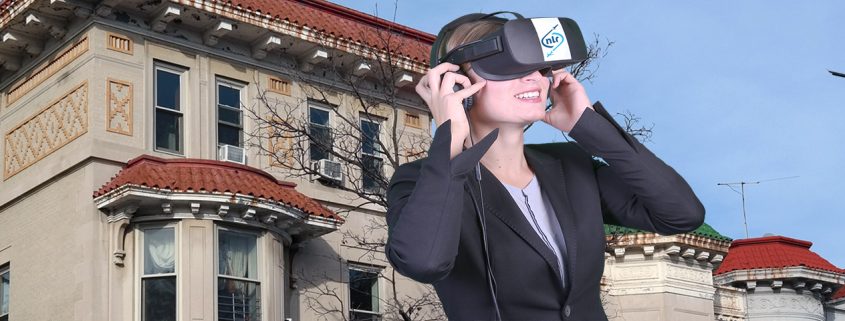Do you like your neighbors? Or do you think they make too much noise? What if your neighbor is a successful airport that is rapidly growing? In an increasingly urbanizing society where cities grow fast and people live closer to airports, the once remotely located airport is causing more and more hindrance for the community surrounding the airport. High levels of perceived noise have an important impact on future extensions of airports that are reaching their capacity limits. The voice of the people living nearby the airport is increasingly becoming a condition for a license to grow for the airport.
Despite significant progress on noise reduction at the source and on noise abatement procedures, aircraft noise continues to cause adverse effects on quality of life and on public health, notably in the neighborhood of major airports. If you want to ensure that airports have the capability to respond to the growing traffic demand, this requires a more systematic approach to aviation noise management bringing together technological, operational and planning solutions. As stated by the European Air Navigation Service Provider Eurocontrol; “there is a danger that technological improvements that reduce noise will be offset by a trend towards increased public resistance; moreover, new or more stringent noise may impose an environmental limit to capacity”.
Finding the balance
Airport authorities are challenged to improve the ongoing and permanent relationship with local communities to guarantee the success of expanding projects. If residents are actively involved in the process and can give their input to experts on possible solutions, it is more likely that this will contribute to building trust towards expansion plans of airports. The international airports of Amsterdam-Schiphol, Frankfurt, Vienna and London Heathrow have organized such meetings between residents, operators and local authorities to inform, involve and educate all those concerned about the plans along the way. By fueling a constructive and open exchange of information these initiatives were able to successfully engage with the community. Community engagement does not have a serious significance without transparency and trust. Only a true and balanced joint venture with all those involved can yield a sustainable airport development with a successful noise reduction policy. The information put forward must be fully accepted and trusted by all the receiving parties. Sometimes dialogue is thwarted by a lack of trust. This can easily happen when, for example, some of the communicated information appears to be incorrect or misunderstood.
It’s about giving the community a realistic experience, not dB’s
NLR-Netherlands Aerospace Centre is located in the Netherlands in Europe, one of the most densely populated and high amount air traffic regions in the world. Over the last 95 years there has been an increasing need for research and innovative solutions to ensure sustainable airport operations. We have gained new knowledge and innovative solutions to create a win-win situation for both the airport and its environment. We have augmented our traditional noise computations with noise perceptions flights, virtual reality experiences and aircraft noise prediction applications. Our solutions are developed to prevent project delay or discussions in court. The NLR Virtual Community Noise Simulator especially has proven to provide objective and understandable information to concerned communities so people can base their opinion on trusted information instead of potentially false news from project managers or action groups. Our new methods have helped to build trust by communicating openly and understandably. These tools place the community in the ‘driver seat’ of the engagement process without harming the position of the airport. We have experienced that responsibility and trust greatly stimulate commitment and can turn sceptics and critics into partners. That is because our methods move beyond noise levels in dB’s and noise contour maps. They let residents near airports experience for themselves what a new flight procedure is really going to sound like. This insight alone can greatly reduce anxiety and resistance of the silent majority.
Meet NLR and experience the Virtual Community Noise Simulator (VCNS) yourself at the Transport Research Board 96 Annual Meeting (Walter E. Washington Convention Centre) on 8 to 10 January 2017. NLR booth no 1336.
 About the author: Merlijn den Boer works at the department of Environment and Policy Support of NLR. He advises national and international governments, airports and air traffic controllers about the sustainability of aviation. For more information please contact Rui Roosien at rui.roosien@nlr.nl+ or 31 (0)88 511 3271
About the author: Merlijn den Boer works at the department of Environment and Policy Support of NLR. He advises national and international governments, airports and air traffic controllers about the sustainability of aviation. For more information please contact Rui Roosien at rui.roosien@nlr.nl+ or 31 (0)88 511 3271
